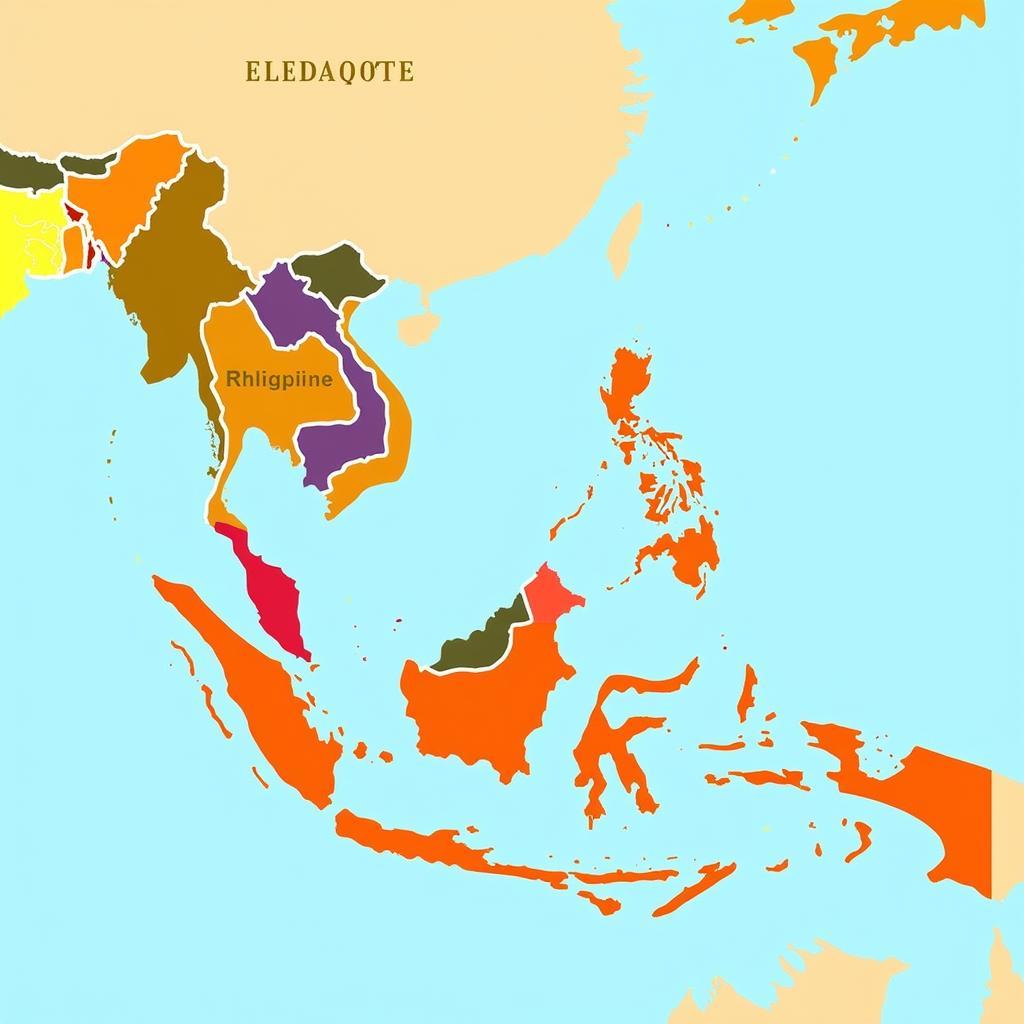The digital landscape of Southeast Asia is rapidly evolving, with “ASEAN on-demand availability” becoming a key driver of growth and innovation. This shift signifies a move towards providing instant and flexible access to various services, resources, and information across the region, empowering businesses and individuals alike.
The Rise of On-Demand in ASEAN
The on-demand economy has witnessed explosive growth globally, and ASEAN is no exception. Several factors contribute to this surge:
- Booming Internet and Smartphone Penetration: ASEAN boasts one of the world’s fastest-growing internet user bases, with mobile devices playing a central role. This widespread connectivity lays the foundation for on-demand services to thrive.
- Young and Tech-Savvy Population: A youthful demographic, comfortable with digital platforms and mobile transactions, fuels the demand for convenient and readily available services.
- Rising Middle Class and Urbanization: As incomes rise and urbanization accelerates, consumers in ASEAN increasingly seek efficient solutions to manage their busy lifestyles, driving the demand for on-demand convenience.
Key Sectors Embracing On-Demand Availability
 Diverse On-Demand Services in ASEAN
Diverse On-Demand Services in ASEAN
The impact of on-demand availability is being felt across various sectors in ASEAN:
- E-commerce: From online marketplaces to social commerce platforms, consumers have access to a vast array of products with convenient delivery options.
- Transportation and Logistics: Ride-hailing services have transformed urban mobility, while on-demand logistics platforms optimize delivery routes and provide real-time tracking.
- Food and Grocery Delivery: Ordering meals and groceries online has become increasingly popular, offering convenience and a wider selection.
- Education and Healthcare: The rise of online learning platforms and telehealth consultations provides greater accessibility to education and healthcare services.
Benefits and Challenges of ASEAN On-Demand Availability
The shift towards on-demand availability brings about significant advantages:
- Increased Convenience and Flexibility: Consumers enjoy greater control and personalization in accessing goods and services.
- Economic Empowerment and Job Creation: The on-demand economy fosters entrepreneurship and creates flexible work opportunities.
- Enhanced Efficiency and Productivity: Businesses can optimize operations and reach wider customer bases.
However, challenges remain:
- Digital Divide: Bridging the gap in internet access and digital literacy is crucial to ensure equitable participation in the on-demand economy.
- Data Privacy and Security: Robust cybersecurity measures and data protection regulations are essential to maintain user trust.
- Regulatory Frameworks: Adapting existing legal and regulatory frameworks to accommodate the unique characteristics of the on-demand economy is crucial.
The Future of On-Demand in ASEAN
 Future Innovations in On-Demand Services in ASEAN
Future Innovations in On-Demand Services in ASEAN
The on-demand ecosystem in ASEAN is poised for continued growth and innovation. Emerging trends include:
- Hyperlocal and Personalized Services: Tailored offerings catering to specific communities and individual preferences will become increasingly common.
- Integration of Artificial Intelligence (AI): AI-powered chatbots, personalized recommendations, and predictive analytics will enhance the on-demand experience.
- Focus on Sustainability: On-demand platforms are exploring eco-friendly practices and promoting sustainable consumption patterns.
Conclusion
ASEAN on-demand availability is reshaping the region’s economic landscape by providing unprecedented access and connectivity. As technology continues to advance and consumer expectations evolve, embracing the potential of on-demand while addressing the accompanying challenges will be key to unlocking sustainable and inclusive growth in Southeast Asia.

